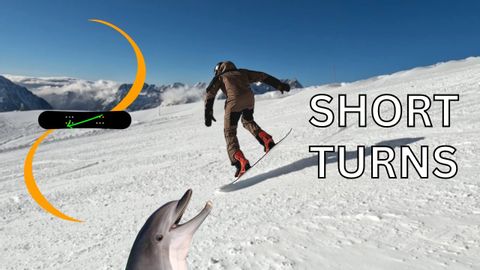短轉彎 (SHORT TURNS)
niniba 發佈於 2024 年 08 月 30 日  沒有此條件下的單字
沒有此條件下的單字US /ˈprɑsˌɛs, ˈproˌsɛs/
・
UK /prə'ses/
- v.t.用電腦處理(資料);(依照規定程序)處理;處理;流程;加工;理解
- n. (c./u.)(規定的)程序;過程;進程;方法;法律程序;進程
US /ɪn'gedʒ/
・
UK /ɪn'ɡeɪdʒ/
- v.t.交戰;交手;雇用;吸引;參與;從事;嚙合;承諾
US /ˈprɑːpərli/
・
UK /ˈprɔpəlɪ/
US /ɪgˈzædʒəreɪt/
・
UK /ɪgˈzædʒəreɪt/
